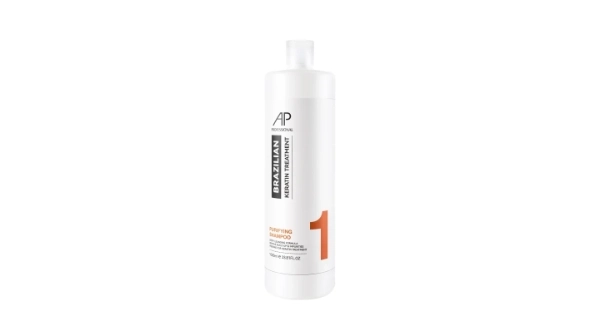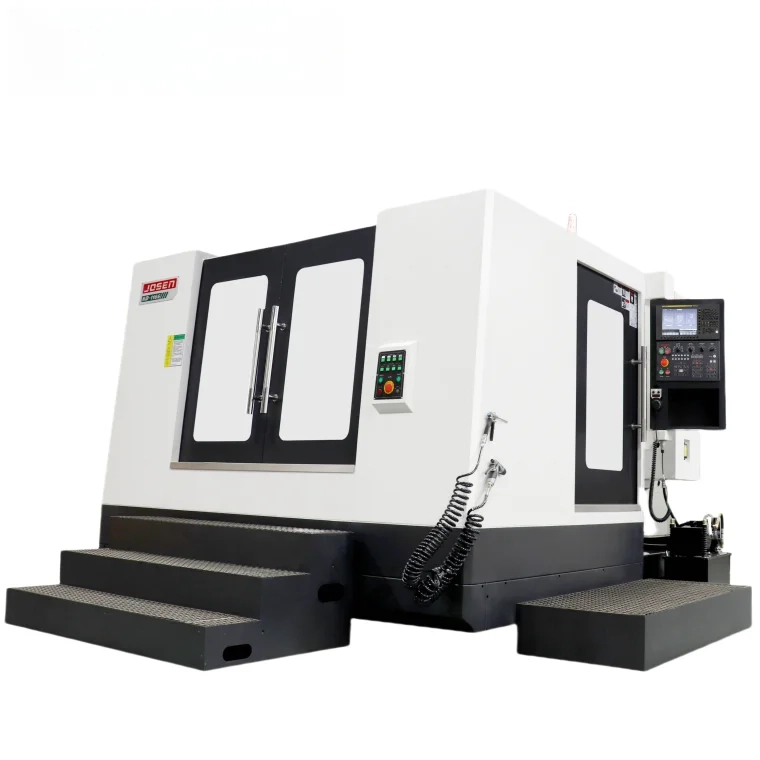When it comes to furnishing our living spaces, coffee tables often serve as the unsung heroes of interior design. They are not only functional pieces that hold our beverages and books but also serve as focal points that enhance the aesthetic appeal of our homes. However, one question that often arises is: What is the lifespan of a coffee table? This inquiry is multifaceted, as the longevity of a coffee table can depend on various factors, including materials, usage, and maintenance. In this article, we will delve into these aspects to provide a comprehensive understanding of coffee table lifespans.
- Material Matters: The Foundation of Longevity
The material from which a coffee table is constructed plays a pivotal role in determining its lifespan. Here are some common materials and their expected durability:
- Wood: Solid wood coffee tables, such as those made from oak, maple, or walnut, can last for decades or even generations if properly cared for. Engineered wood or particleboard, on the other hand, may only last 5 to 10 years due to susceptibility to moisture and wear.
- Glass: Glass coffee tables can be quite durable, especially if they are tempered. However, they are prone to scratches and chips, which can affect their aesthetic appeal over time. With careful handling, a glass coffee table can last anywhere from 10 to 20 years.
- Metal: Metal coffee tables, particularly those made from stainless steel or wrought iron, are known for their durability. They can withstand significant wear and tear, often lasting 15 to 30 years. However, they may require occasional maintenance to prevent rust or corrosion.
- Composite Materials: Tables made from composite materials can vary widely in lifespan. While some may last up to 10 years, others may deteriorate much faster due to lower quality construction.
- Usage Patterns: The Impact of Daily Life
The way a coffee table is used can significantly affect its lifespan. High-traffic areas, where the table is frequently used for eating, playing games, or holding heavy items, can lead to faster wear and tear. Here are some usage considerations:
- Family Dynamics: In homes with children or pets, coffee tables may experience spills, scratches, and rough handling. Choosing a durable material and design can mitigate some of this wear.
- Functionality: If the coffee table serves multiple purposes—such as a storage unit or a workspace—it may experience more stress than a purely decorative piece. Opting for a sturdy design can help extend its lifespan.
- Maintenance: The Key to Longevity
Regular maintenance is crucial for prolonging the life of your coffee table. Here are some practical tips:
- Cleaning: Use appropriate cleaning products for the material. For wooden tables, a damp cloth followed by a dry one can prevent moisture damage. Glass tables can be cleaned with a glass cleaner to maintain clarity.
- Protective Measures: Coasters, placemats, and tablecloths can protect the surface from scratches and stains. Additionally, using felt pads under decorative items can prevent scratches.
- Environmental Considerations: Keep your coffee table away from direct sunlight to prevent fading and warping, especially for wooden and upholstered tables. Maintaining a stable humidity level in your home can also help preserve the integrity of the materials.
- Signs of Wear: Knowing When to Replace
Even with the best care, coffee tables will eventually show signs of wear. Here are some indicators that it may be time to consider a replacement:
- Structural Integrity: If the table wobbles or has loose joints, it may no longer be safe for use.
- Surface Damage: Deep scratches, chips, or significant discoloration can detract from the table's appearance and functionality.
- Functional Limitations: If the table no longer meets your needs—whether due to size, style, or condition—it may be time for an upgrade.
Conclusion: Investing in Longevity
In summary, the lifespan of a coffee table can vary widely based on materials, usage, and maintenance practices. By understanding these factors, you can make informed decisions when purchasing a coffee table and take steps to extend its life. Whether you opt for a timeless wooden piece or a sleek glass design, investing in quality and care will ensure that your coffee table remains a cherished part of your home for years to come.



More Stories
Smart Factory Planning and Lean Layout Synergy
Footwear Inspection: Ensuring Quality and Safety for Men's, Women's, and Children's Shoes
Single-Block Multi-Level Locomotive Factory Design